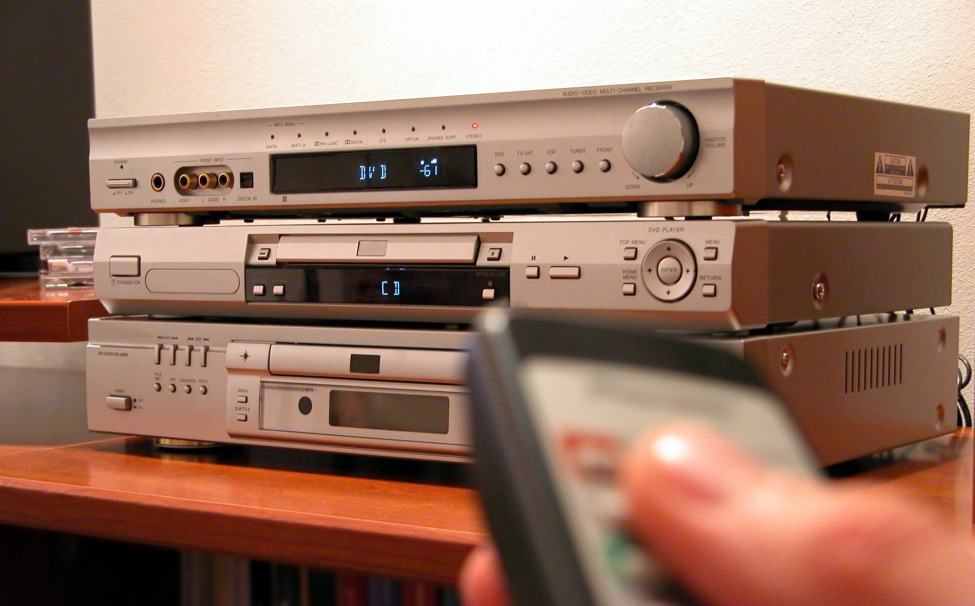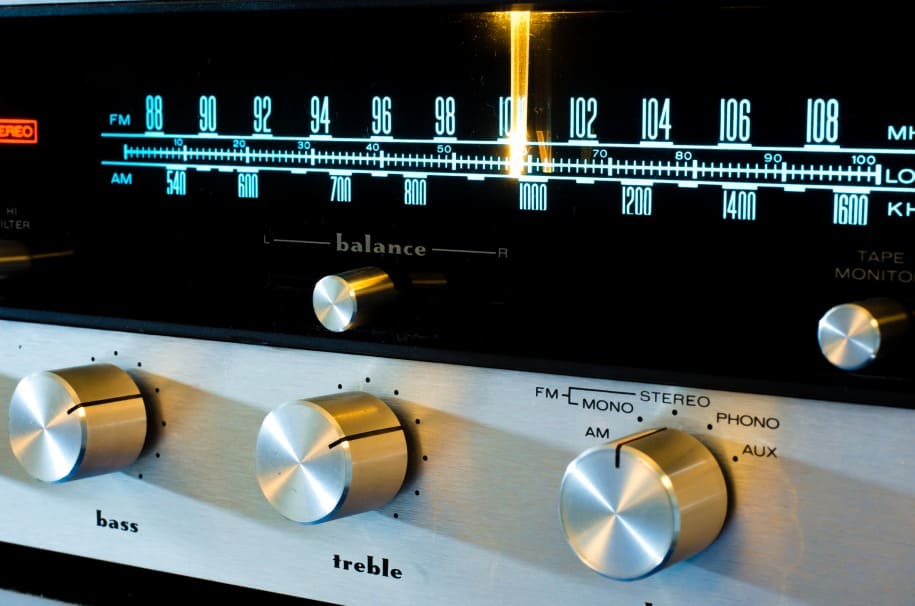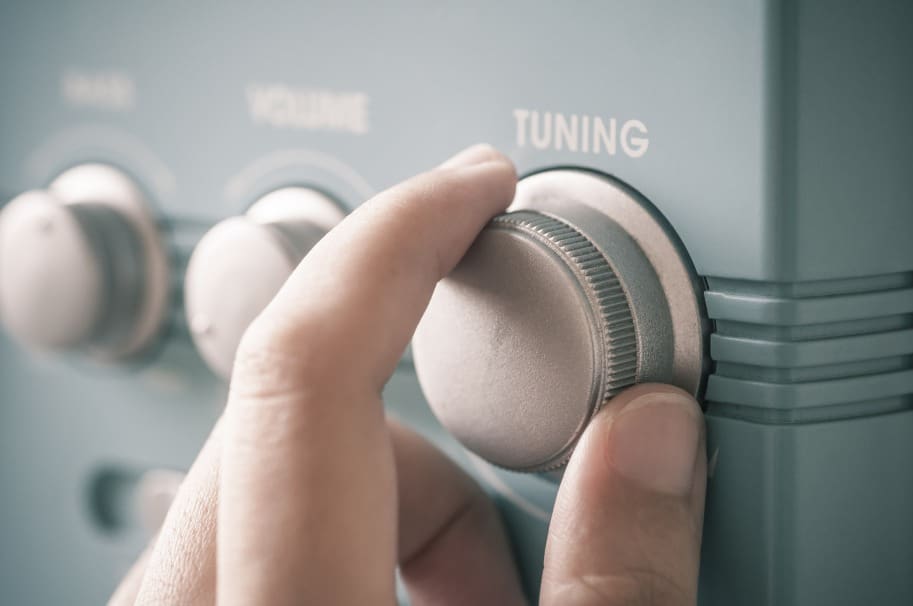How to Connect Speakers to TV Without Receiver, If At All?..
There are other ways to connect your speakers to your TV, even without a receiver. Here, you’ll learn about four different alternatives to connecting your speakers with your TV. Hopefully, you find one that works best for your home theatre.
What is a Receiver?
What is a receiver anyway? Why is it so important? A receiver is a device that connects your audio sources to your TV or your home theatre. The receiver “receives” all the audio data and plays it to your audio device for a better experience. But that’s not the only thing that receivers do.
Another vital function of the receiver is to connect to your video sources. They’re not just for audio sources anymore as the receiver can now switch to the different video devices connected to it. They are similar to routers in such a way that they route the data they receive from audio and video sources to other displays and speakers.
Receivers can also act as an amplifier to several speakers. If you have a complete set of speakers at home, you’ll be happy to know that a receiver can connect to two or more speakers. It works as an amplifier of sound while displaying the video that it comes with. For easy control of the connections, a receiver always comes with a remote. The remote will help you pick which audio and video devices to connect to and from.
What If I Don’t Have a Receiver?

Now that you know how important a receiver is, you understand why having one can hurt your home theatre experience. Then again, a receiver is not the only way to connect your audio and your video. Here are 4 alternative ways.
1. Using Bluetooth
You’re familiar with wireless connections so it won’t be a surprise for you to know that you can just use a Bluetooth connection to connect your speakers to your TV. In fact, wireless connections are such a great relief because you don’t have to buy other devices to connect your audio and your video. Plus, there are no wires scattered around the house.
To connect your speakers with your TV, all you need is turn on the speakers and make sure that it supports Bluetooth. If not, you can also get away with using a Bluetooth transmitter but thats for another day!. Turn on the TV and set the connection with the speakers once they are found by your TV. Different devices have different instructions on where and what to press, but that’s basically how you will connect the two devices.
The problem with Bluetooth connection, though, is that not all TVs and speakers support wireless connection. In fact, SMART TVs are the only ones who have Bluetooth connection, so if you aren’t using a SMART TV, then you might not be able to use a wireless connection at all.
2. Using Two-Channel Amplifiers
If your TV is not Bluetooth-enabled, don’t worry because there’s another way to connect your speakers. One popular alternative is the two-channel amplifiers. Two-channel amplifiers act as receivers for your speakers and your TV. All you need to do is connect the AUDIO OUT to the TV’s HDMI port. After that, use the amplifier’s output connection to connect it to the speaker.
If you think about it, the two-channel amplifier literally acts in the same way as a receiver, so there’s not a lot of difference in terms of connection. However, the amplifier can’t take a lot of power, so it’s best to check both the speaker’s and the TV’s power.
3. Using a Direct Connection

For this alternative, it can either work or not, depending on your luck. Direct connections work a lot like wireless connections except that the former uses the speaker’s wires. A direct connection is simply connecting the speaker’s plugs directly to the TV’s ports.
For some, this technique works, but most of the time, it doesn’t. There’s not a lot of science behind it, especially since direct connections are not the most recommended courses of action in the absence of a receiver. Nonetheless, it’s worth a shot.
Take note that while direct connections can work, they can also produce very bad sound quality. If you have great speakers and the audio sounds terrible, then that’s a sign that the direct connection is not working. Sure, you hear the audio, but it ruins the quality that the speakers promise. You might be better off trying wireless connections, an amplifier, or a hub.
4. Using a Hub
If you’ve never heard of a hub for connecting audio and video, then you’ll be glad you came across it now. A hub is a type of repeater that is often used to connect computers and create a local area network. However, its concept is also very similar to how a receiver works; hence, it can be used as an alternative.
A hub is a smaller device than a receiver. It’s also a lot cheaper, so this is a plus to anyone who plans on getting a hub. However, you should know that there are two types of hubs - the active and the passive. The active hub is also called the “intelligent hub” because it checks the algorithm of the data before it proceeds to transmit the data. On the other hand, the passive hub doesn’t check any of the algorithms.
If you plan on using the hub as a receiver, then what you’ll need is a passive hub because it doesn’t really make a difference if you buy the active one. Besides, the passive hub is a lot cheaper, so it’s a wiser option.
And there you have it. Although receivers are still the conventional option, there are cases when they will break down, or your device won’t have it in the package. With these four alternatives, you no longer have to worry about not having a receiver.


